Water-doped graphite shows room temperature superconductivity
German researchers have announced a breakthrough: A material can be a superconductor (which can conduct electricity with zero resistance) at room temperature and higher temperatures. Superconductors offer great potential for energy savings, but so far this material has only been able to function at temperatures below about 110 degrees Celsius.
Today, Pablo Esquinazi and colleagues at the University of Leipzig report that flaked graphite particles seem to be able to sustain superconductivity at temperatures above 100 degrees Celsius when soaked in water. Although Esquinazi admits that the discovery "sounds like science fiction," related research work has been published in the peer-reviewed journal Advanced Materials, and other physicists told Nature magazine that the result was a temptation Sexual, but worth further review.
Graphite consists of a layer of carbon atoms arranged in a hexagonal grid, showing superconductivity when it is doped with elements that can provide additional free electrons. For example, calcium graphite is superconducting at 11.5 degrees Kelvin (about -260 degrees Celsius), and theorists predict that if there is enough free electrons available, its temperature can rise to 60 degrees Kelvin.
Esquinazi's team speculated that high-intensity electrons form at the interface between adjacent graphite segments. Researchers have observed superconductivity at the interface of a man-made type of bulk graphite, known as pyrolytic graphite, at temperatures in excess of 100 degrees Kelvin, and they pondered that by doping with flake graphite powder, these Whether the interface can reach a higher temperature.
The first type of dopant the researchers tried was ordinary water. They are very lucky. The researchers added 100 milligrams of pure graphite powder consisting of hundreds of 1 mm long, dozens of nanometer-thick flake graphite particles to 20 ml of distilled water. After stirring the mixture for about 23 hours, they filtered out the graphite powder and dried it overnight at 100 degrees Celsius. The researchers found that after placing them in a magnetic field, each sample will still maintain a small amount of magnetization when the magnetic field is removed.
Esquinazi said that this trace of residual magnetization is a signal of superconductivity or ordinary ferromagnetism. To find out if they have the properties of the former, the researchers analyzed how the magnetization varies with the strength of the applied field and the temperature. The final result is very similar to the first high temperature oxide superconductor discovered in the 1980s.
Esquinazi admits that his evidence is tempting, but it is not leaking. First, his research team has been unable to demonstrate the actual conductivity of its sample with zero resistance. In order to do this, the researchers compressed the soaked powder into particles that forced the particles into electrical contact, but they found that this would lead to the disappearance of the superconducting effect. Also, they could not prove that there is no magnetic field inside the flake graphite - this is an essential feature of superconductors.
In addition, these samples did not lose their apparent superconductivity as the temperature increased. The team reports that they remain superconducting at approximately 400 degrees Kelvin (equivalent to 130 degrees Celsius), and a simple extrapolation of the data suggests that the upper limit is approximately 1000 degrees Kelvin. Esquinazi said that since he began writing the paper, his team has actually observed signs of superconductivity at 500 degrees K, but at this temperature, the heat has begun to degrade the sample and change their magnetic field strength. It is difficult to observe the transition to a non-superconducting state.
Other physicists still question this. Ted Forgan, a condensed-matter physicist at the University of Birmingham in the United Kingdom, said that magnetic data at low temperatures “looks very much like a signal from a superconductor,†but he is confused by changes in characteristics at higher temperatures. He said that he expects the residual magnetization will be greatly reduced at 300 degrees K, unless "the conversion temperature is actually much higher than this temperature."
Meanwhile, theoretician Alexander Gurevich of the University of Dominion in Norfolk, Virginia, USA warned that some of the high-temperature superconductivity previously claimed did not stand up to the scrutiny. He said that the magnetic response may be caused by impurities introduced during sample processing. However, he stressed that if confirmed, this discovery will have "profound impact."
Buffing Wheel is made of finely cotton cloth by special technology and is the precision polishing tools of metal and non-metallic workpieces,It is made of mutillayers 100% cotton cloth sewn surround by the center,with a leather lip attached around the inner hole. High quality material, exquisite workmanship, long service life.Specially used for polishing jewelry, ornaments, or precise products.

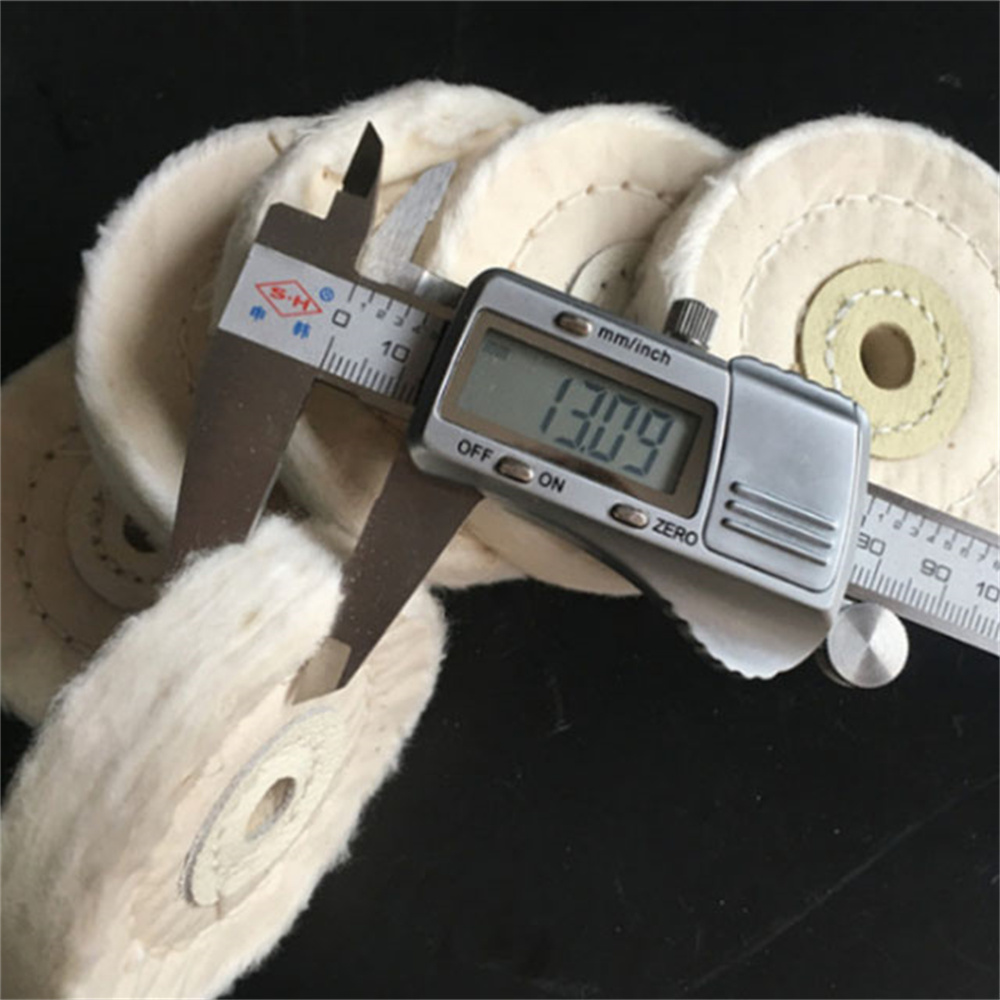
The layers of cloth edge with pile processing,suitable for metal, jewelry hardware,stainless steel, aluminum products, wood, plastic, ceramic, glass and watch industry grinding and polishing.
Working with polishing wax polishing effect is better.
Treated Buffing Wheels have a special chemical added to the cotton which gives them more aggressive cutting action allowing them to work faster than standard cotton spiral sewn buffing wheels. The chemical treatment also gives these buffs a longer lifespan.
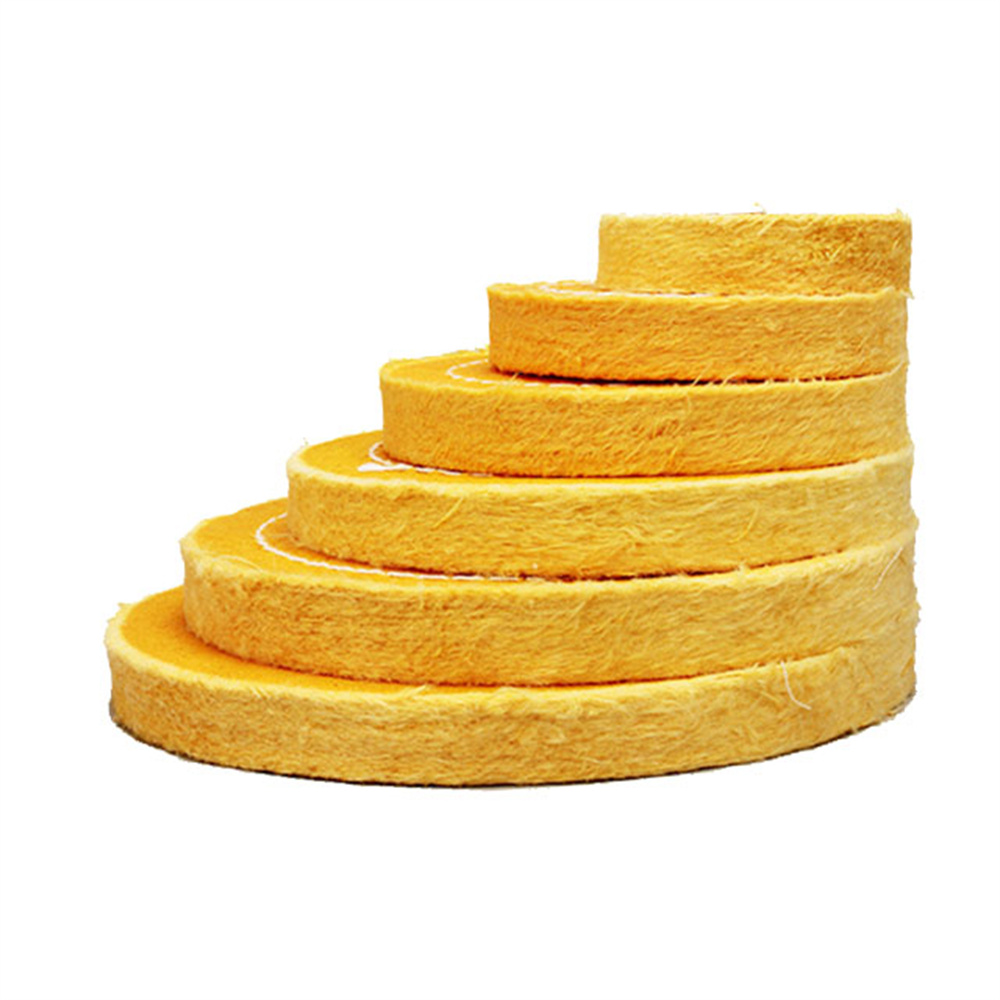
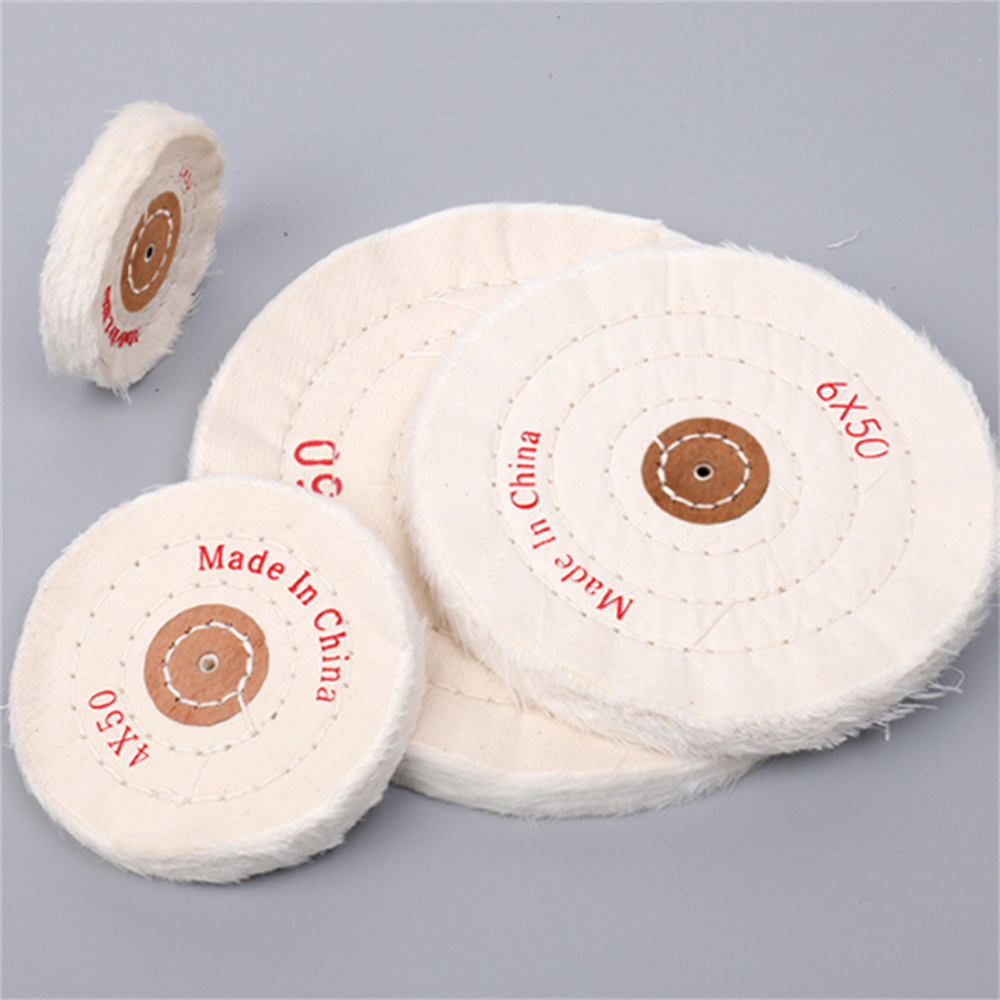
Treated buffing wheels can be used in place of Cotton Spiral Sewn buffing wheels for cutting and coarse buffing.
Features:
-- Suitable for Metal, jewelry, metal, stainless steel, aluminum, wood, plastic.
-- Surface of the ceramic, glass and watches industry grinding and polishing.
-- Use with polishing wax polishing better.
-- Can be stacked onto tapered spindles for required thickness.
We distributes and wholesales various brands of Bonded Abrasives , Abrasive Sanding Disc, Cutting Wheels , Flap Wheels , Flap Disc Backing Pad, Flap Disc Adhesive , and Surface Conditioning Product etc, and enjoy a high position among consumers.

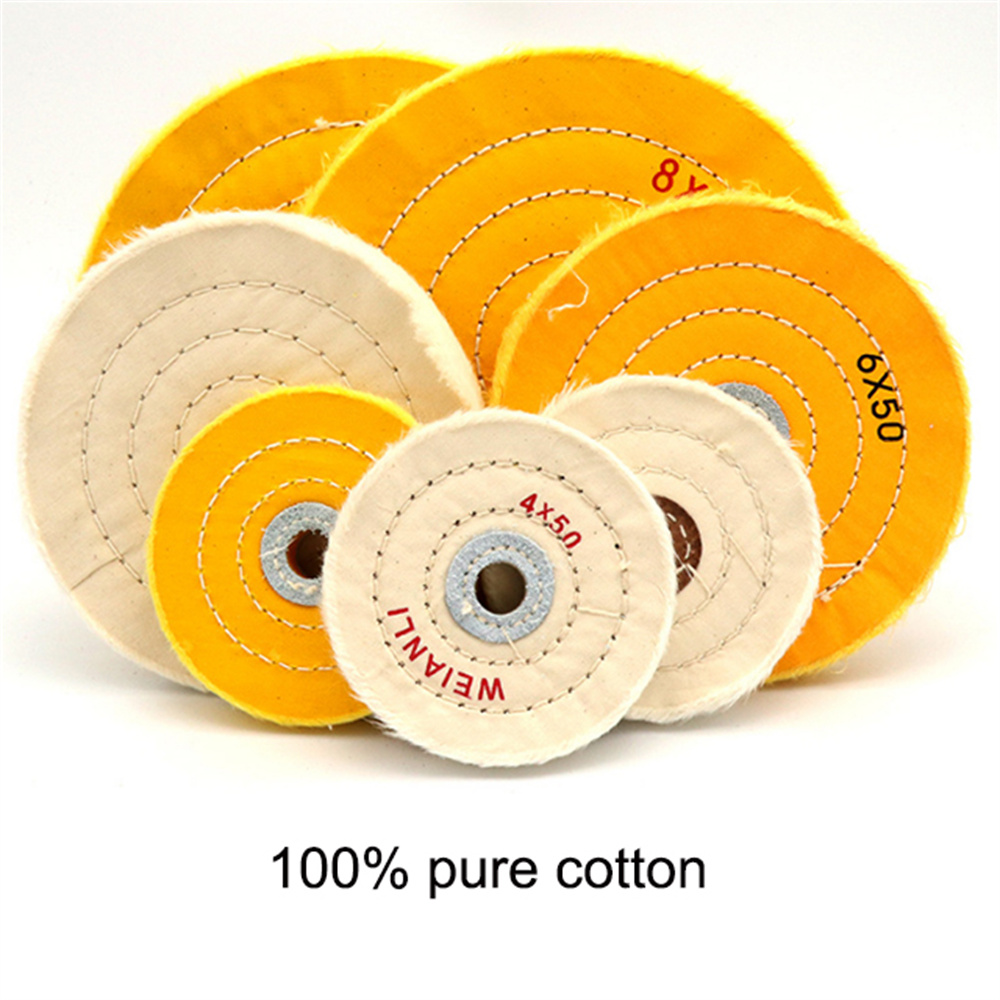
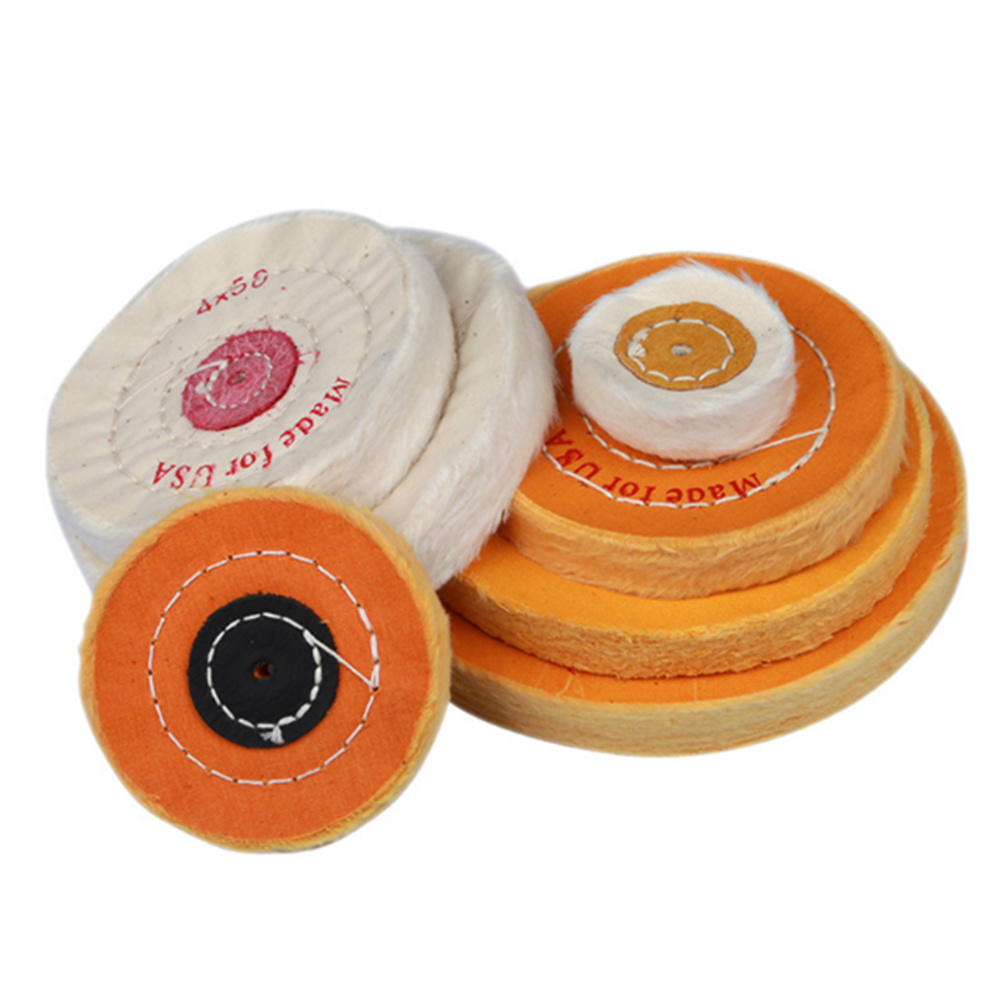
Cotton Buffing Wheels,Buffing Wheels,Polishing Wheel,Cut Off Wheels
Zhengzhou Jiading Abrasive Manufacturing Co.,Ltd , https://www.jd-abrasives.com